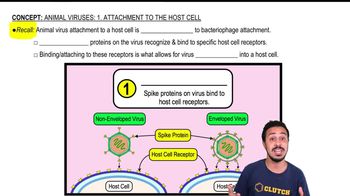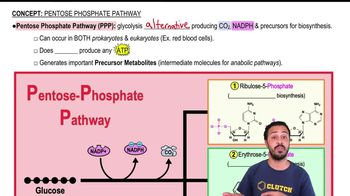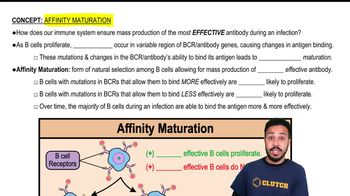List the four properties that define a virus. What is a virion?
Label the principal events of attachment, biosynthesis, entry, and maturation of a + stranded RNA virus. Draw in uncoating. <IMAGE>
 Verified step by step guidance
Verified step by step guidance
Verified Solution
Key Concepts
Attachment

Biosynthesis

Maturation

The molecule serving as mRNA can be incorporated in the newly synthesized virus
capsids of all of the following except
a. + strand RNA picornaviruses.
b. + strand RNA togaviruses.
c. strand RNA rhabdoviruses.
d. double-stranded RNA reoviruses.
e. Rotavirus.
A virus with RNA-dependent RNA polymerase
a. synthesizes DNA from an RNA template.
b. synthesizes double-stranded RNA from an RNA template.
c. synthesizes double-stranded RNA from a DNA template.
d. transcribes mRNA from DNA.
e. none of the above
Which of the following would be the first step in the biosynthesis of a virus with reverse transcriptase?
a. A complementary strand of RNA must be synthesized.
b. Double-stranded RNA must be synthesized.
c. A complementary strand of DNA must be synthesized from an RNA template.
d. A complementary strand of DNA must be synthesized from a DNA template.
e. none of the above
Compare biosynthesis of a + stranded RNA and a - stranded RNA virus.
An example of lysogeny in animals could be
a. slow viral infections.
b. latent viral infections.
c. T-even bacteriophages.
d. infections resulting in cell death.
e. none of the above
